Turin Chocolate Festival
Cioccolatò – A Chocolate Lovers Heaven
By Anita Santorum
I love chocolate! In fact, I must confess that I’m a chocoholic. I couldn’t have turned out any different growing up in Turin, one of the world capitals of chocolate (most likely, the World Capital of Chocolate). I used to have Nutella for breakfast or for an afternoon snack, chocolate treats after meals and more treats on Sunday afternoons: gianduiotti, cremini (hazelnut flavored layered pralines), arancini (candied orange peel covered in dark chocolate), all kinds of truffles, chocolate bars, Easter chocolate eggs, Baci (kisses) and, of course, plenty of hot chocolate with whipped cream.
I have traveled the world and loved chocolate treats in every country I have been: Russian chocolates, Belgian pralines, Swiss chocolate bars, Austrian Mozarts, Dutch pastilles, American chocolates (and chocolate cupcakes!), British chocolate flakes and the unique variety of Australian and New Zealander chocolate candy bars. I love them all. However, the taste and the quality with regards to both ingredients and processing of Piedmont made chocolate remain, in my opinion, unique.
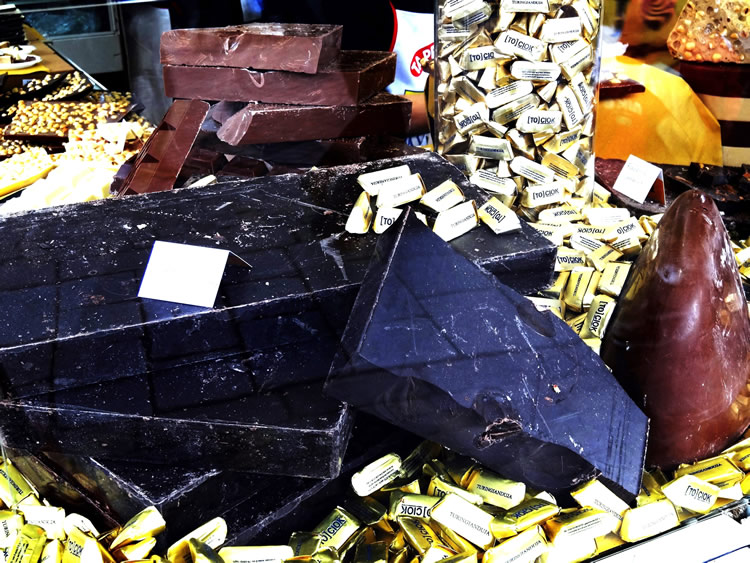
photo by: Your Friend in Italy
Cacao, the main ingredient in a good chocolate product, is packed with healthy nutrients. Cacao contains proteins, calcium, phosphorus, magnesium, iron, copper, flavonoids and theobromine (literally ‘food for the gods’). Indeed, cacao was used by the Maya and Aztecs as a medicinal. Flavonoids are anti-oxidants which lessen the risk of cardiovascular disease, help to control insulin sensitivity, reduce stress and boost blood flow to the brain, enhancing cognition and the ability to focus. Theobromine, in small doses, is helpful against cough and is used in the pharmaceutical industry in cough relief medicines; it also has effects similar to caffeine, but longer lasting. Dark chocolate lessens cravings for sweet, salty and fatty foods, hence may help in achieving weight loss.
However, the natural benefits of cacao are retained in chocolate only if the cacao is handled properly right from the harvest and very few fats and sugar, and neither artificial flavoring nor coloring are added to make the final product. Although all chocolate can be a great source of instant happiness, few chocolate products are also a great source of anti-oxidants.
In Piedmont, most chocolate is still made with traditional processing with only good quality natural ingredients. The first hot chocolate was served in Turin in 1560 at the court of the Savoy. A year earlier, Emanuele Filiberto of Savoy had received from Carlo V King of Spain a bag of cacao beans in praise for his services as general in the Spanish army. The brand new exotic chocolate drink was served during the celebrations for the transfer of the capital of Savoy from Chambery to Turin. Luckily for all of us, the Savoy family (as well as the whole court) loved this novelty to the point that they made it available to the people of Piedmont, by keeping low taxes on cacao and sugar, hence fostering the local production of delightful sweet creations, from pastries to biscuits and … chocolates!
For almost three centuries, chocolate was savored only as a hot drink, until the 1820s. At that time, several small factories in Europe started experimenting with various mixes of cacao, sugar, vanilla and water. However, it appears that the first solid chocolate was produced in Turin, by Pierre Paul Caffarel. In fact, Francois-Luis Cailler, the father of Swiss chocolate, is said to have spent some time between 1819 and 1826 with Paul Caffarel in Turin to learn his secrets. By 1826, the first solid chocolate hit the European markets.
When high demand and political instability made the provision of cacao beans difficult and expensive, Caffarel and other chocolatiers in Piedmont searched for substitutes. Michele Prochet, another chocolate wizard of Piedmont, appears to have been the first producer to successfully add finely ground hazelnuts from the Langhe area of Piedmont to cacao, obtaining a smooth and delicious solid paste. Prochet and Caffarel joined forces (and businesses) and in 1865 marketed the gianduiotto, that small-boat shaped chocolate praline, wrapped in golden paper foil, which still gives a unique melt-in-the-mouth absolutely divine experience. The gianduiotto is the first individually wrapped chocolate praline to have been produced.
Today, the chocolate artisans of Piedmont still work paying the uttermost care in the selection of cacao beans and other ingredients and use traditional processing methods, obtaining a final product which retains maximum benefits and has very little sugar and fats added to it.
One of the best examples of quality and care in processing chocolate is the Pastiglie Leone factory, where the cacao seeds are roasted at low temperature in order to preserve the cacao’s aroma, then are peeled and ground using millstones. The cacao nibs are mixed to other ingredients in a stone-rolled blender (the same process used by the Aztecs!) and the chocolate is cradled back and forth for at least sixty hours in porphyry flat conches. Leone uses only best quality ingredients such as unrefined brown sugar, vanilla pods from Mexico, hazelnuts from Piedmont, pistachios from Sicily, fresh cream and milk. Leone’s products contain neither artificial flavoring nor coloring, neither lecithin nor palm oil. Their dark chocolate has no milk and the entire chocolate product range is gluten free and, of course, GMO free!
It is no surprise, therefore, that, since 2004, every November Turin celebrates chocolate every year with a special chocolate festival:
CioccolaTo! The Turin Chocolate Festival takes place in the baroque Piazza San Carlo in November. Over 120 chocolate makers from Italy and other countries present their products, give away free samples, sell delicious chocolate by the kilo and participate in competitions, workshops for children and adults, along with other cultural and educational events.
CioccolaTo is the ultimate chocolate experience. The aroma of chocolate spreads literally for miles around the alleys of the heart of Turin and the visual of tons of chocolate in different types, shapes and sizes…cremini…pralines…dark and milk chocolate…gianduiotti and steaming hot chocolate is overwhelming! Last year I came away from the festival with chocolate stained lips, feeling slightly dizzy from the surge in sugar and theobromine, and overall extremely happy!
Chocolate lovers of the world trust me – you haven’t fully experienced chocolate until you come to CioccolaTo and dive into Turin’s chocolate heaven. However, if you can’t make it to CioccolaTo, come to Turin anyway because there isn’t a street without a patisserie, a café or a chocolate confectionery shop to delight you with a unique variety of delicious, luscious and simply to-die-for chocolates!
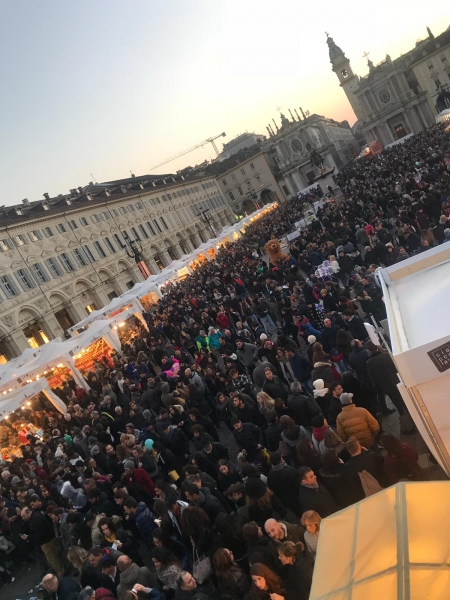
Participants at Turin’s Chocolate Festival in Piazza San Carlo in Turin
UPDATE: Since this blog post was written, Turin’s Chocolate Festival was put on hold in 2017 but returned in November 2018. Click here for more info about Turin’s Chocolate Festival taking place from 8-17th of November 2019: CioccolaTò – Turin Chocolate Festival in Piazza San Carlo Turin

Cioccolato-Turin-Chocolate-Festival
And stay up to date on the official Turin Chocolate Festival by visiting CioccolaTo’s Facebook page.
Photos compliments of Your Friend In Italy


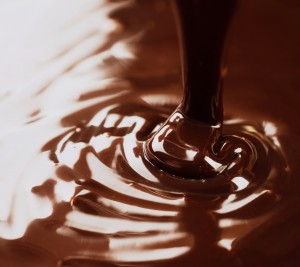
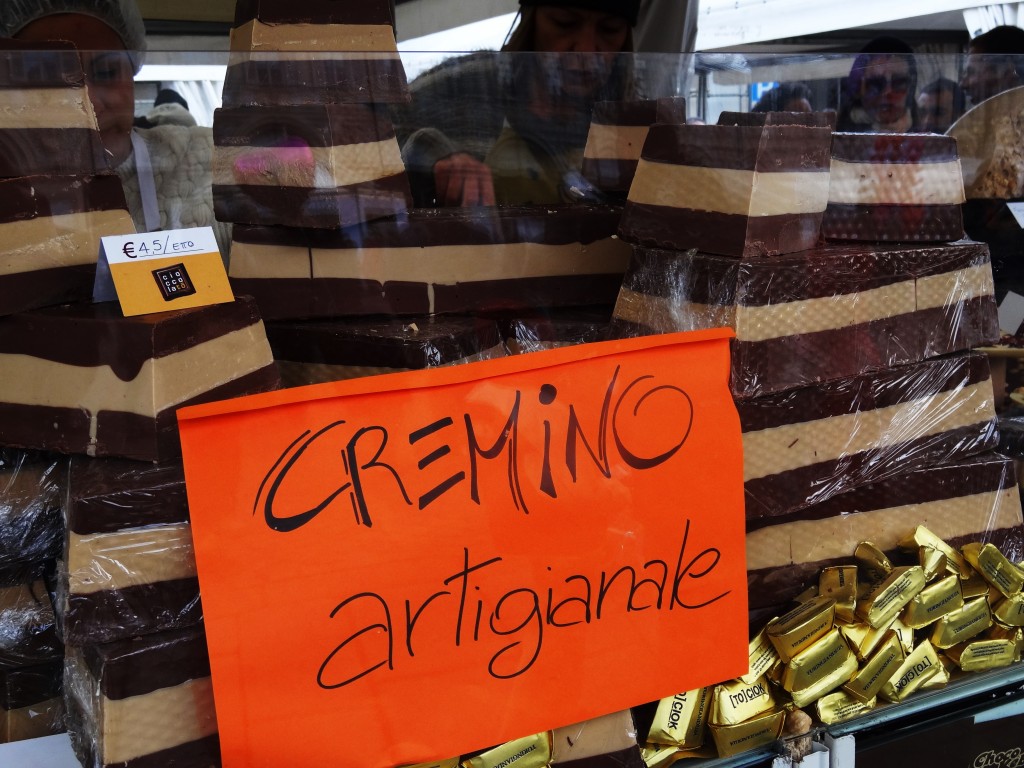


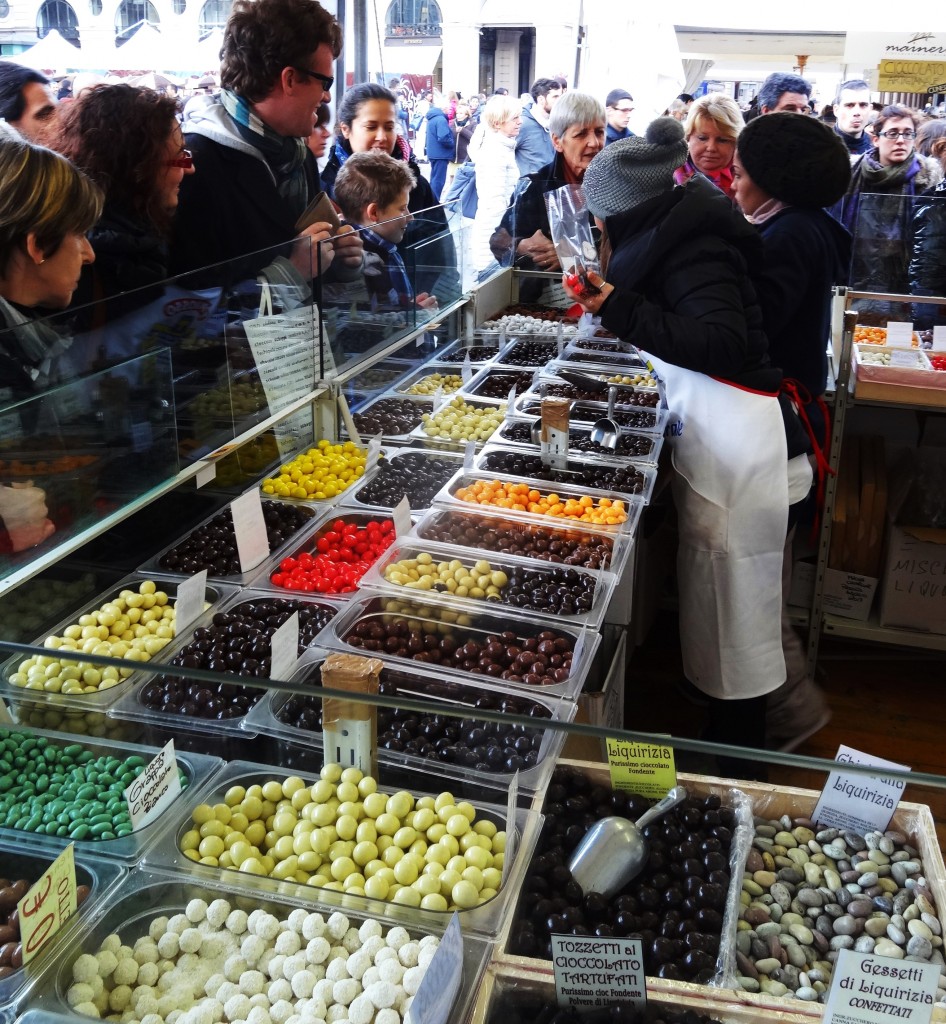




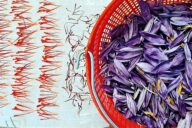

[…] Turin Chocolate Festival […]
[…] Turin Chocolate festival has been running for over 10 years now, and is usually held in late […]